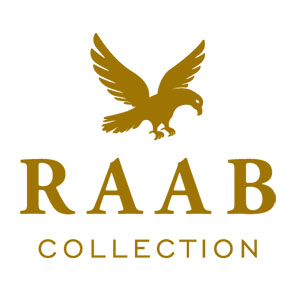signed
23/02/1853
by Susan B. Anthony|Elizabeth Cady Stanton
23/02/1853. Acquired from the descendants of the recipients, not known to exist and has never been offered for sale before Here begins the work they did together that would lead to the right of women to voteIn 1851, Susan B. Anthony and Elizabeth Cady Stanton, the two principal giants of the women's suffrage movement, met in Seneca Falls, NY. They would spend the next several decades together fighting for the rights of women, Anthony as organizer and tactician and Stanton as writer and orator. On Stanton’s death, Anthony related that Stanton had “forged the thunderbolts” that she had fired. Theirs is one of the more consequential relationships of the 19th century and images of them together are synonymous with the women’s suffrage movement.Their goal was not simply to secure women equal rights, but to elevate the status of women and the women pioneers of their movement to equal status as male historical figures.Anthony dedicated her life to securing political, civil, and economic equality for women. The issue of temperance and women's rights were, at this time, closely linked. In fact many of the great women leaders in the suffrage movement got their start in public service in temperance movements.The New York State Temperance Society was founded by and composed of men. In fact, women were not allowed to join or speak, though they could attend meetings. For this reason, in 1852, Anthony and Stanton founded the Women's Temperance Society. This was the start of a career in public service. To accomplish their goals of making the homes safe from abusive husbands, they felt they needed candidates to vote for that would advance this agenda of temperance. To elect these candidates, they needed the right to vote. And so suffrage and temperance became one movement with Anthony and Stanton at the helm. As with abolition, suffragists learned from the temperance campaign how to raise money, hold public meetings, conduct petition drives, and deal with hostile audiences.The Women's Temperance Society was not long lived. This is because their experience here taught them that no such efforts would prove successful as long as women did not have property and other rights under the law. This was made perfectly clear when men were allowed to join and promptly rejected any platform that included the right for women to vote.Document signed, February 23, 1853, on ""Women's New York State Temperance Society"" printed stationery, signed by Elizabeth Cady Stanton as President, and Susan B. Anthony and Mary Vaughan as ""Recording Secretaries."" The document acknowledges the payment by P.S. Kingsley of Minetto, Oswego County, NY of fifty cents, and states that with that payment and ""the signing of the Constitution and Bye-Laws of said society, has become a member thereof for one year from date.""This is an incredibly early and important example of the work these two women would do that would end in the right of women to vote. (Inventory #: 33209)



